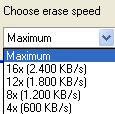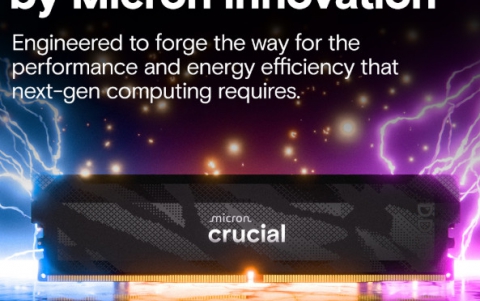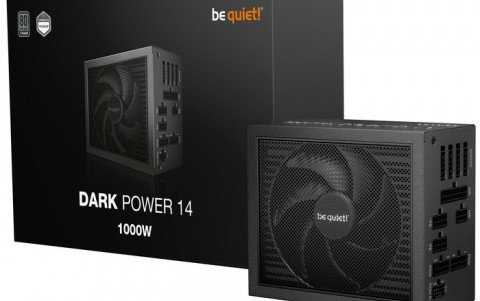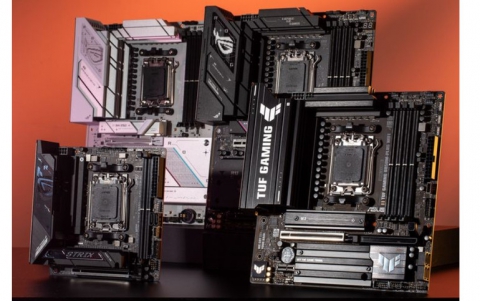40x CD-RW Roundup Vol. 2
1. CyberDrive CW078D
Review Pages
2. LG GCE-8400B
3. Mitsumi CR-485C
4. WAITEC Storm40
5. TDK CyClone 401248B
6. Samsung SW-240B
7. Data Reading Tests
8. CloneCD Reading Tests
9. DAE Tests
10. CDR Tests - Page 1
11. CDR Tests - Page 2
12. CDR Tests - Page 3
13. Writing Quality of CyberDrive
14. Writing Quality of WAITEC
15. Writing Quality of MITSUMI
16. Writing Quality of LG
17. Writing Quality of Samsung
18. Writing Quality of TDK
19. HS-RW/Packet/Mt. Rainier Tests
20. Conclusion
21. Positive And Negative Of Each Drive
40x CD-RW Roundup Vol. 2 - Page 1
- Introduction
After the first 40x recorder from Plextor, many manufacturers introduced other 40x recording solutions. At this time, June of 2002, almost all manufactures released their 40x recording proposals. In this roundup we attempt to examine each drive specs and compare them with the competition. In our first roundup we compared drives from LiteOn, Cendyne and ASUS, in this roundup we compare six new drives from CyberDrive, LG, Mitsumi, Samsung, TDK and Waitec. Which one is the faster recorder? What new recording technologies are offered in this platform? Let's find out…
- CyberDrive CW-078D
 The
drive supports 40x writing (Z-CLV), 16x re-writing, 2MB Buffer and "ExacLink"
as the main buffer underrun technology. The maximum reading speed of the drive
is 48x (CAV). The exact writing speeds are 4x, 8x, 12, 16x, 20x (CLV), 24x,
28x, 32x, 36x and 40x (Z-CLV). The re-writing speeds are 4x, 8x, 12x and 16x.
The drive doesn't support the Mt. Rainier format with current firmware, but
since the OAK chipsets are Mt. Rainier ready, CyberDrive plans to release Mt.
Rainier compatible firmware around August of 2002. The drive supports RAW reading/writing
and doesn't support any hardware but only software EFM correction, with the
proper software solution.
The
drive supports 40x writing (Z-CLV), 16x re-writing, 2MB Buffer and "ExacLink"
as the main buffer underrun technology. The maximum reading speed of the drive
is 48x (CAV). The exact writing speeds are 4x, 8x, 12, 16x, 20x (CLV), 24x,
28x, 32x, 36x and 40x (Z-CLV). The re-writing speeds are 4x, 8x, 12x and 16x.
The drive doesn't support the Mt. Rainier format with current firmware, but
since the OAK chipsets are Mt. Rainier ready, CyberDrive plans to release Mt.
Rainier compatible firmware around August of 2002. The drive supports RAW reading/writing
and doesn't support any hardware but only software EFM correction, with the
proper software solution.
The drive utilises a quality media detection system, which automatically lowers the maximum recording speed, according to the inserted media condition. The drive will reduce the maximum writing speed down to 36x, 28x or even 16x in case it detects low quality media. As our recording test have shown, there are cases in which even 40x writing had been speed can be selected, the actual recording speed was lower, since the drive lowered its recording speed during the writing process.


- 40x CD-R writing speed
The CyberDrive supports the 40x writing speed adopting the Z-CLV writing technology. Below it's the Nero CD Speed writing graph that illustrates the use of Zone-CLV:

The 40x writing speed range is divided in 5 zones: The drive starts writing at 20x from the lead-in area till 6mins, shifts up to 24x at 10mins, up to 28x at 22mins, to 32x at 32mins, up to 36x at 44mins and lastly shifts to 40x at 58mins and stays there until the end. The average recording speed is 31.68X, as Nero CD Speed shows. If you notice the drive doesn't write at exactly 20x but 20.56x making it also faster in lower recording speeds (at 16x writes at 16.35X).
- CyberDrive's 16x HS-RW writing speed
The CW078D is the first ever recorder that supports 16x re-writing speed. The Orange Book standard describes only the 4-10x re-writing speeds. However several manufacturers shifted the supported speeds from 10x to 12x and CyberDrive adopted first the 16x re-writing speed. Below is the Nero CD Speed writing graph that illustrates the 16x Re-writing speed:

Not much to comment here. Just notice that the drive actually writes at 16.32X and not at 16.00X making it even faster than you might have expected. The drive supports 16x HS-RW for both normal and packet writing modes. CyberDrive said that discs written at 16x re-writing speed are compatible with drives that support the "MultiRead" logo. In other words you should expect the same compatibility with normal HS-RW media. You may face problems with older drives (24x and below readers).
For now, the CW078D, supports 16x only with the following media, else only the 12x writing speed will be available:

When 16x certified media is inserted, Nero displays the 16x recording speed under the drive's properties, at the erase dialogue and the write tab



- The package
The package supplied was the retail European version. This included: the drive, an installation guide, audio cable, one CD-R pen, 1 piece of CyberDrive 80min 40x CD-R blank (actual manufacturer Ritek), 1 piece of CyberDrive 16x 74min HS-RW (manufacturer Plasmon) and mounting screws. The software supplied with the drive was Nero v5.5.8.1 and InCD v3.27. We don't know if the drive has a 2-year warranty (for Europe). The complete package will be available at €126 including 16% VAT. (s.r.p.).
The front of the drive is very 'clean', including CyberDrive logo and drive's features - "40x/16x/48x". You will also find only one led, the eject/stop/play/next buttons and the headphone input jack/volume selector:

At the back of the drive we will find the usual connectors (IDE interface, power), the jumpers for setting the drive as a Master/Slave, the SPDIF output connector and the analog/digital output connectors:

- Installation
 The
CyberDrive CW078D was installed as Master in the secondary IDE Bus, it worked
under UDMA33 mode and under WinXP, DMA was activated automatically. The drive
is a May 2002 model with firmware revision v1.00E installed. You can find the
supported media list for CD-R and HS-RW media at CyberDrive's
European website.
The
CyberDrive CW078D was installed as Master in the secondary IDE Bus, it worked
under UDMA33 mode and under WinXP, DMA was activated automatically. The drive
is a May 2002 model with firmware revision v1.00E installed. You can find the
supported media list for CD-R and HS-RW media at CyberDrive's
European website.

Review Pages
2. LG GCE-8400B
3. Mitsumi CR-485C
4. WAITEC Storm40
5. TDK CyClone 401248B
6. Samsung SW-240B
7. Data Reading Tests
8. CloneCD Reading Tests
9. DAE Tests
10. CDR Tests - Page 1
11. CDR Tests - Page 2
12. CDR Tests - Page 3
13. Writing Quality of CyberDrive
14. Writing Quality of WAITEC
15. Writing Quality of MITSUMI
16. Writing Quality of LG
17. Writing Quality of Samsung
18. Writing Quality of TDK
19. HS-RW/Packet/Mt. Rainier Tests
20. Conclusion
21. Positive And Negative Of Each Drive













